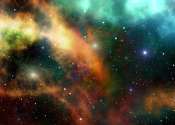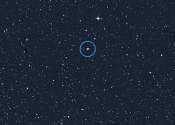Triply eclipsing stellar systems
Stars with the mass of the sun or larger are typically accompanied by one or more orbiting companion stars. The system forms when gravity contracts the gas and dust of an interstellar cloud until clumps develop that are dense ...









